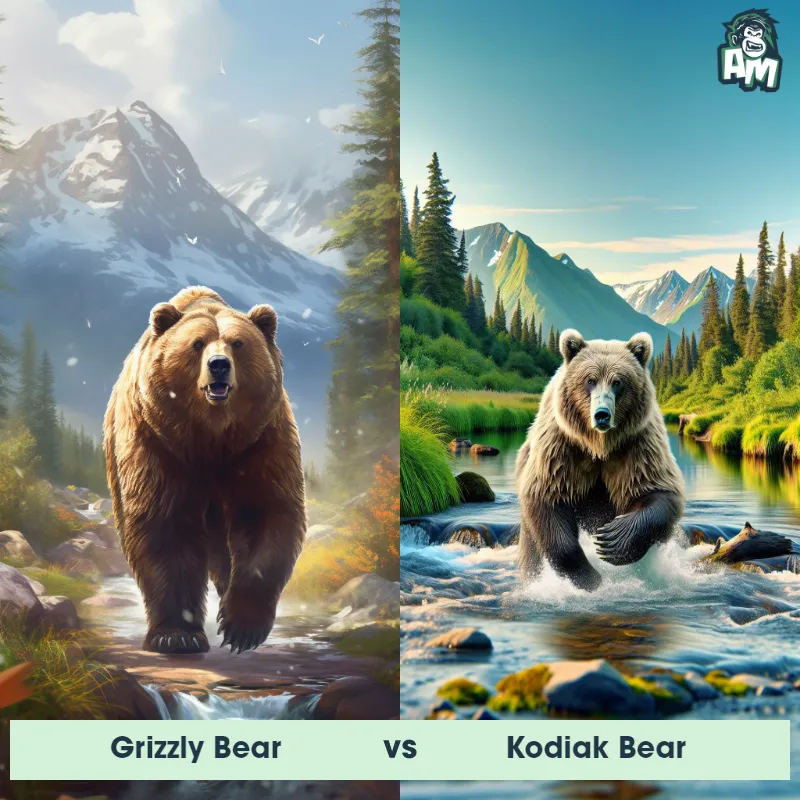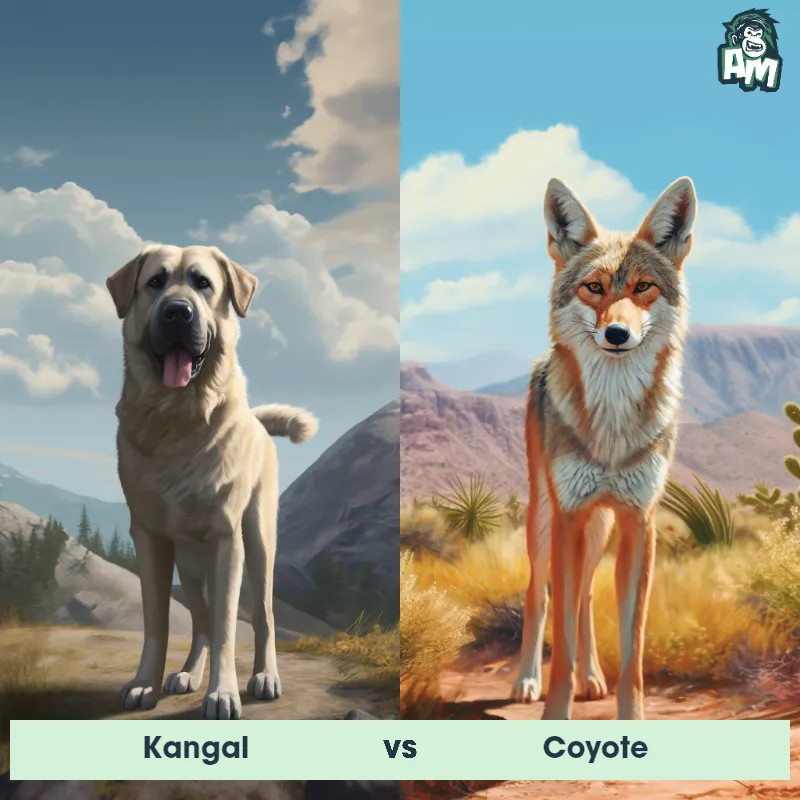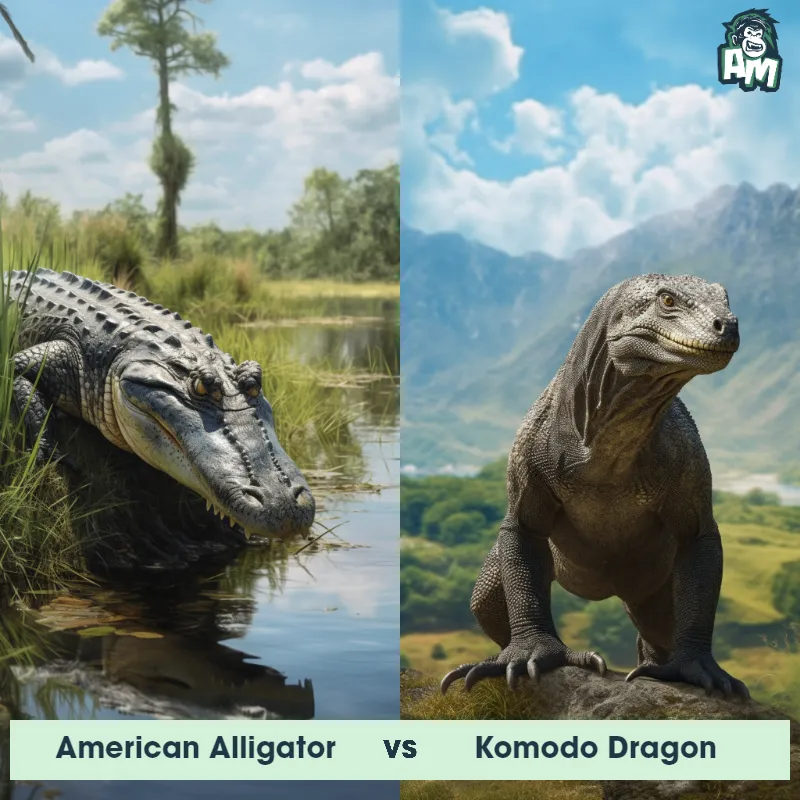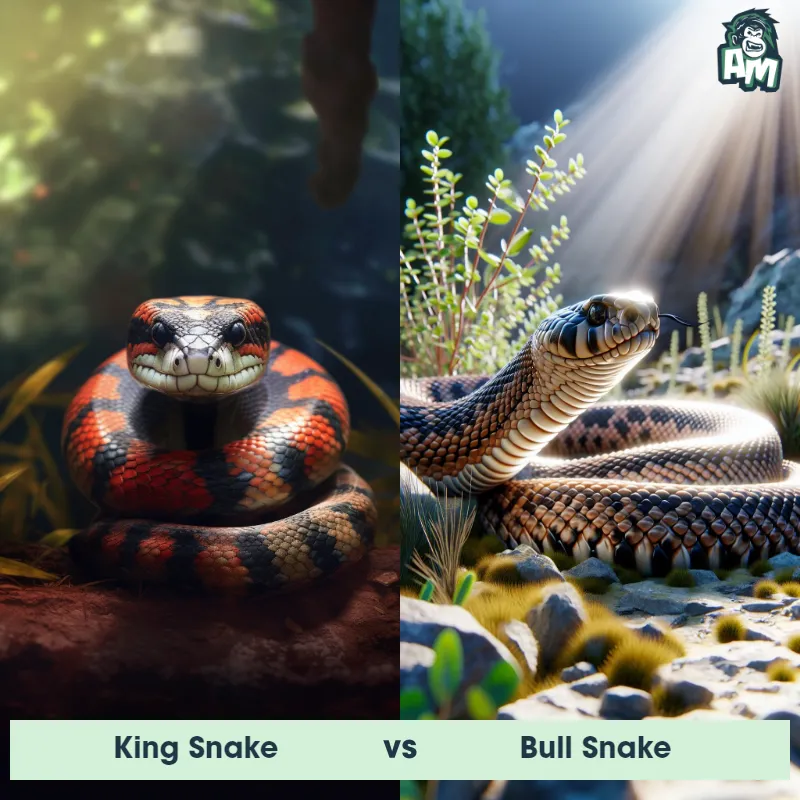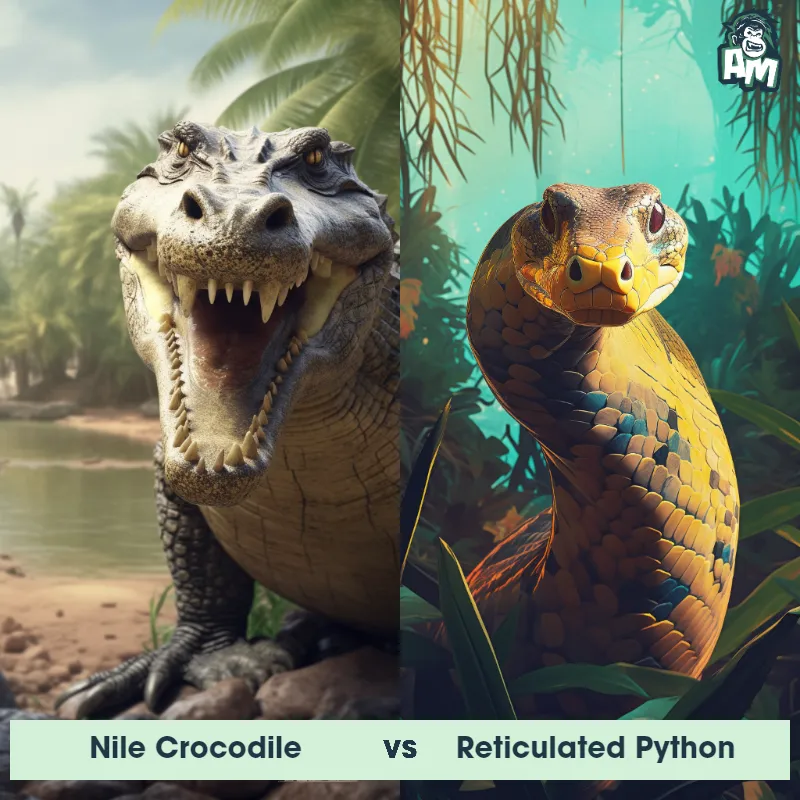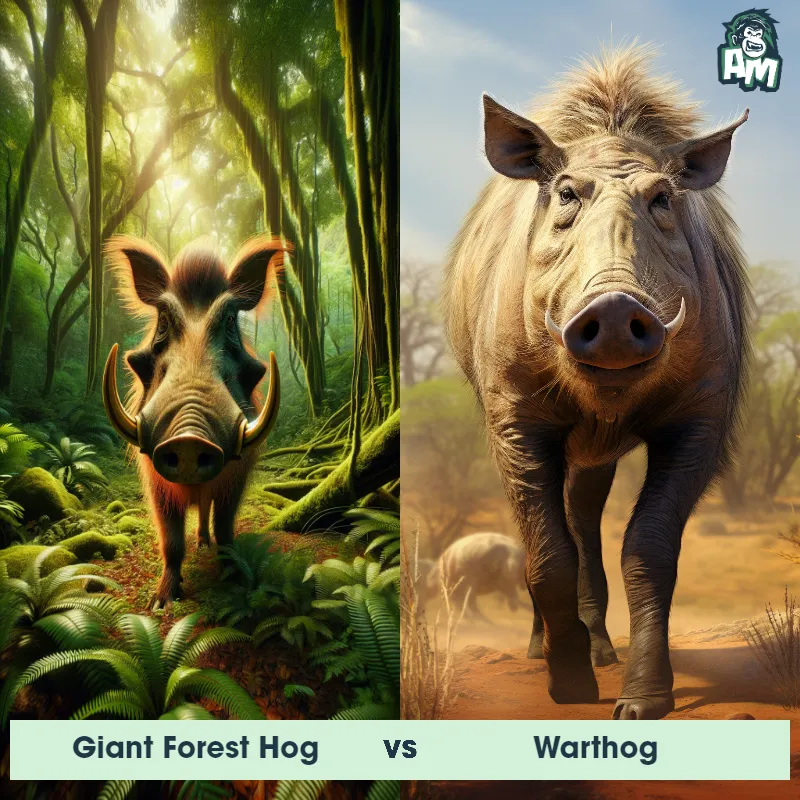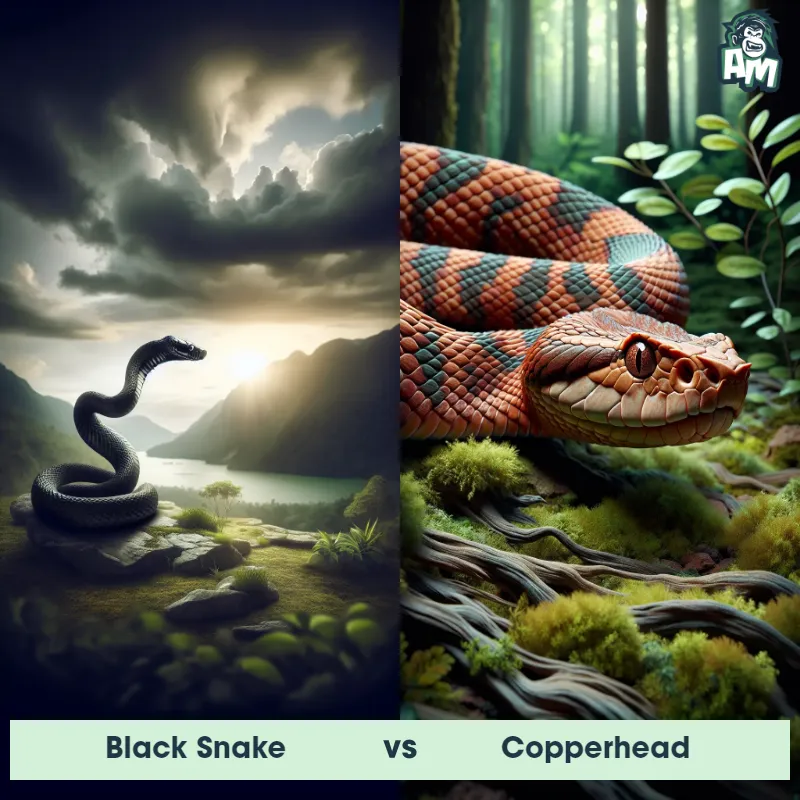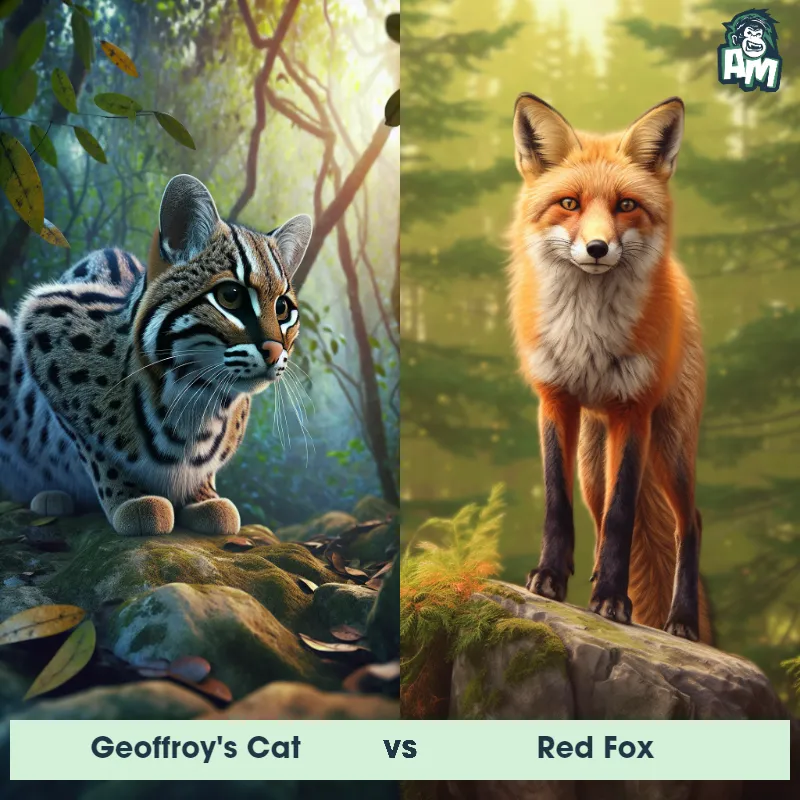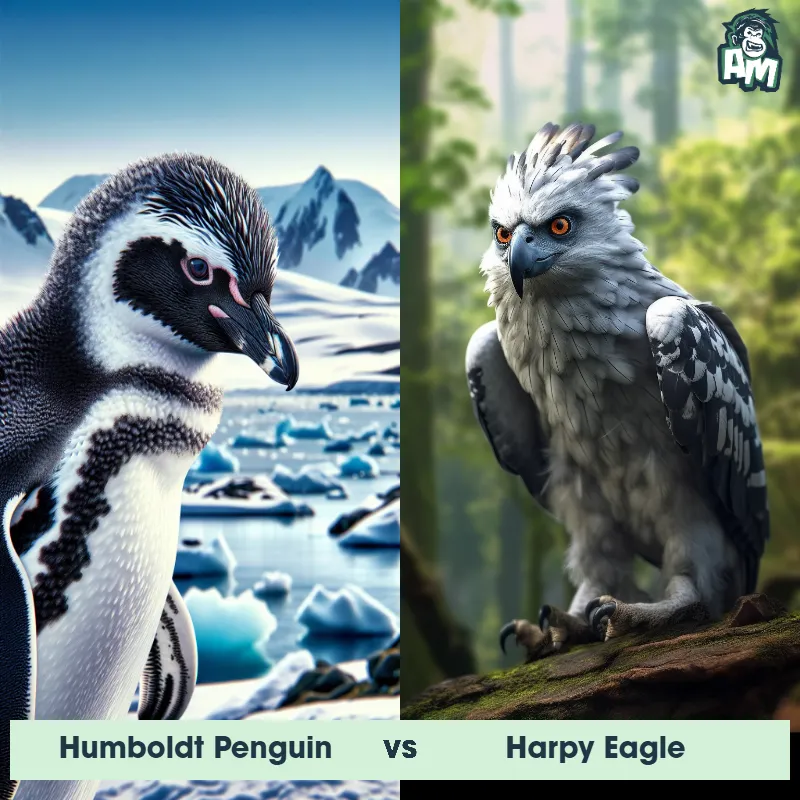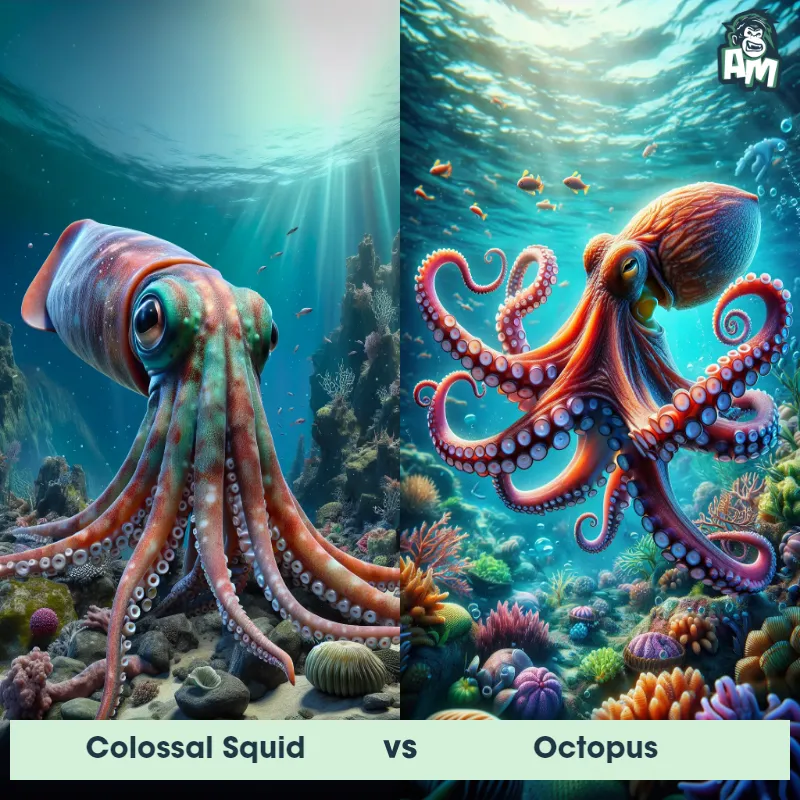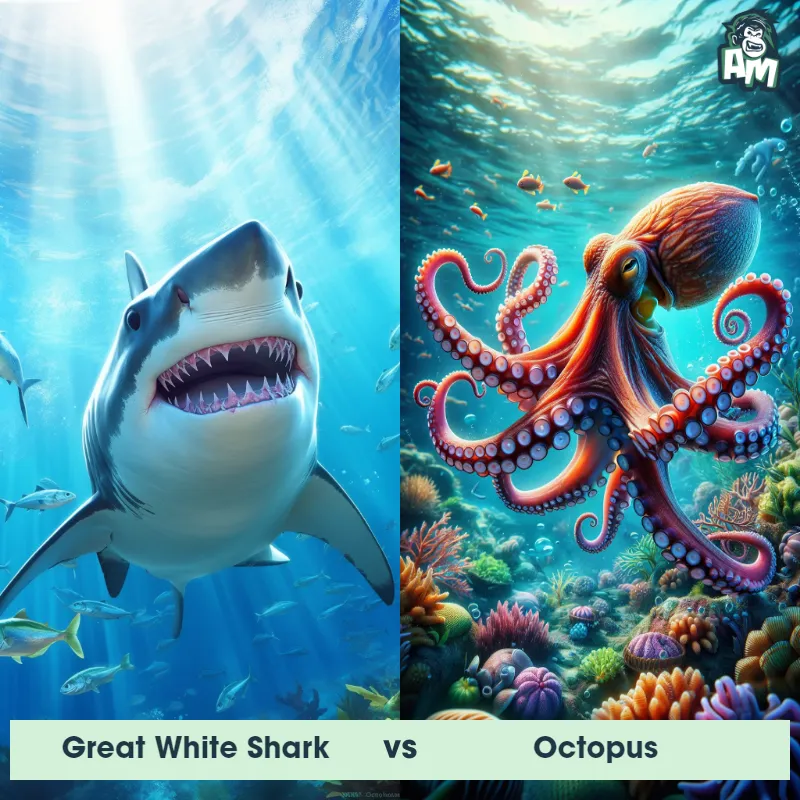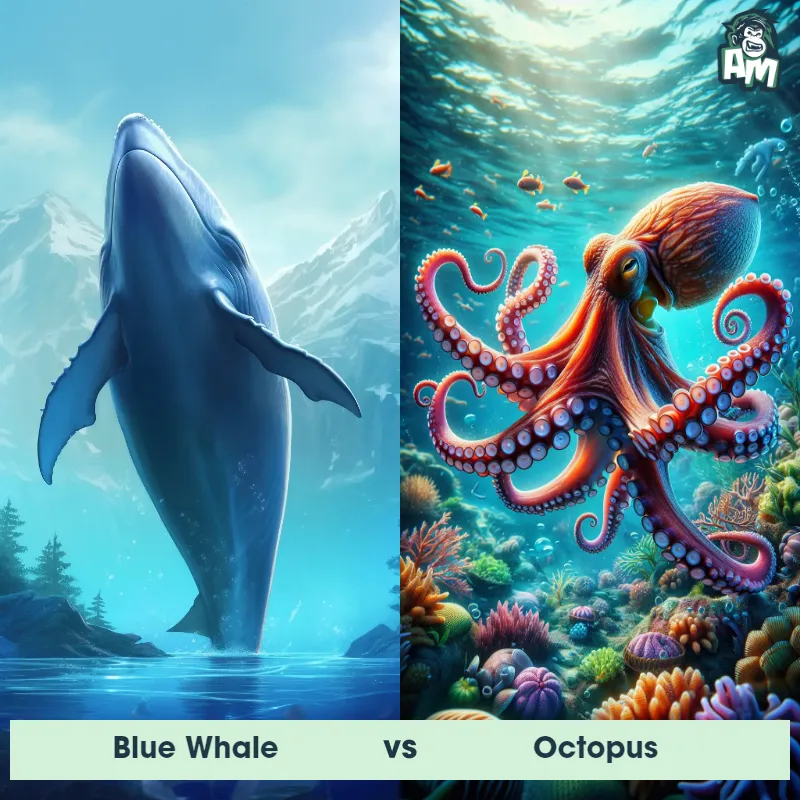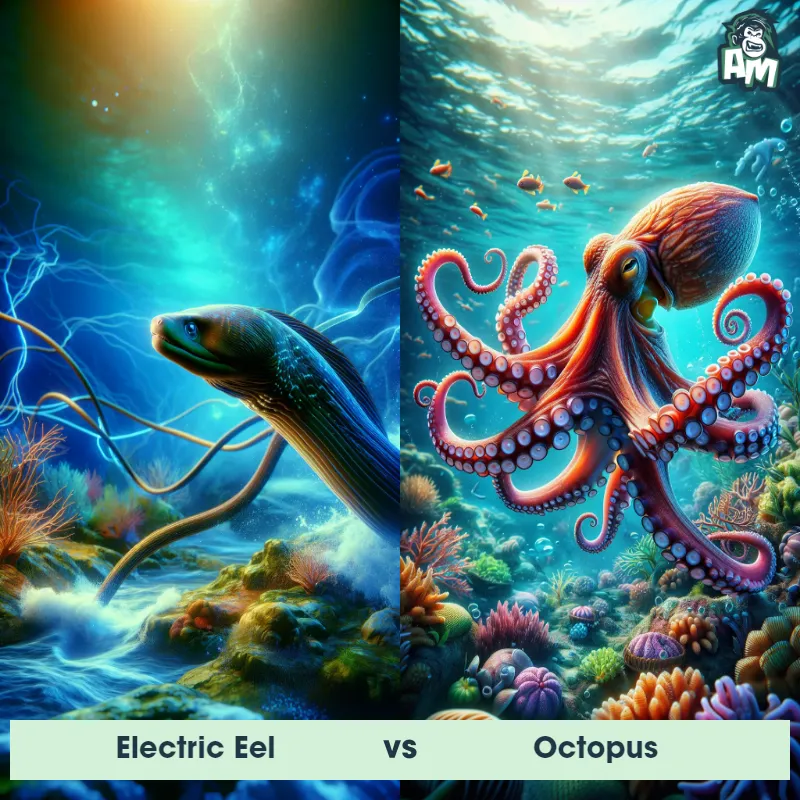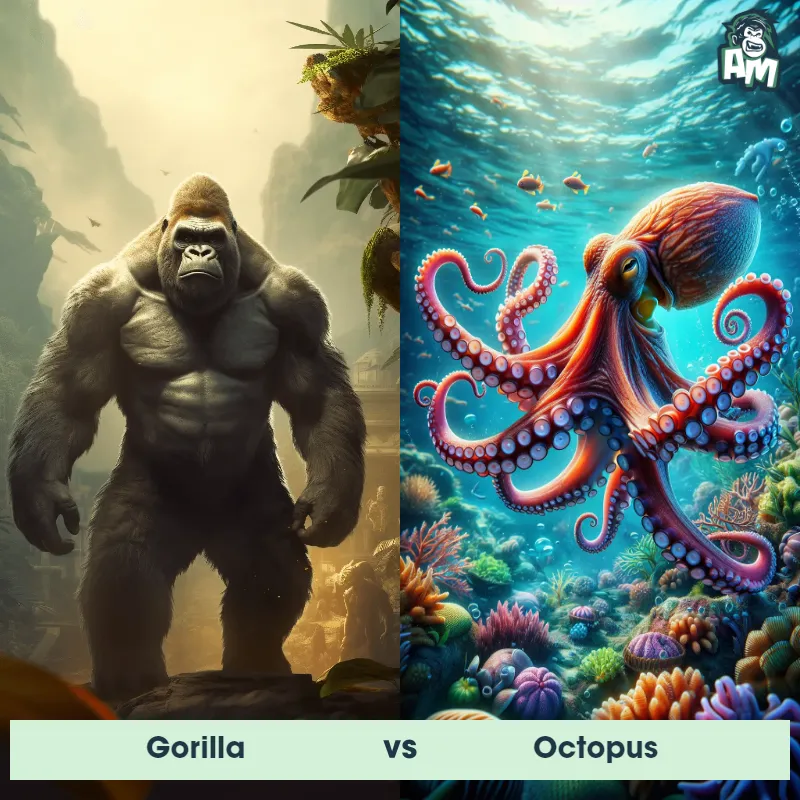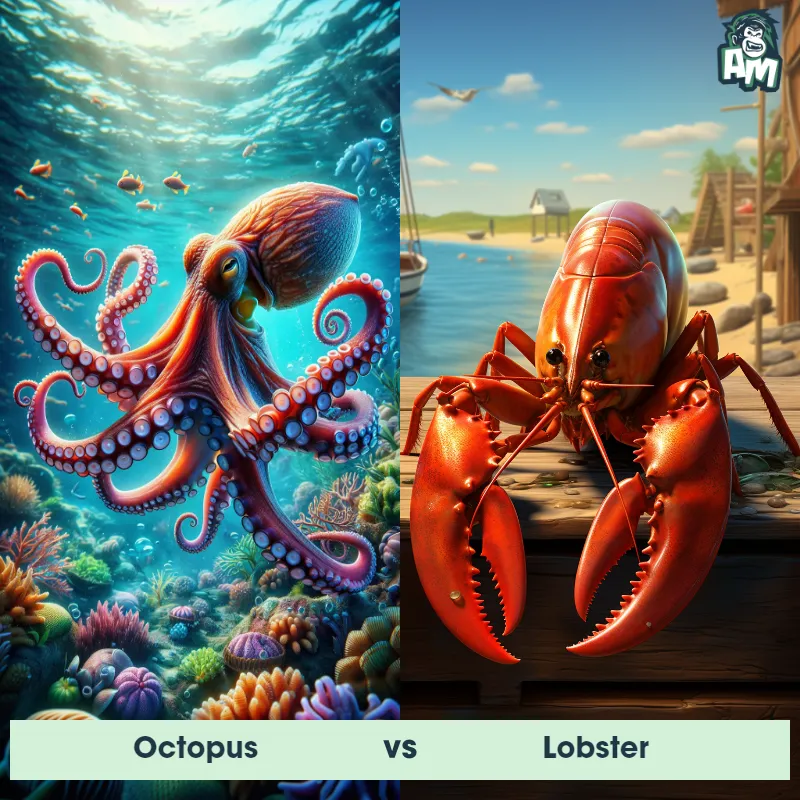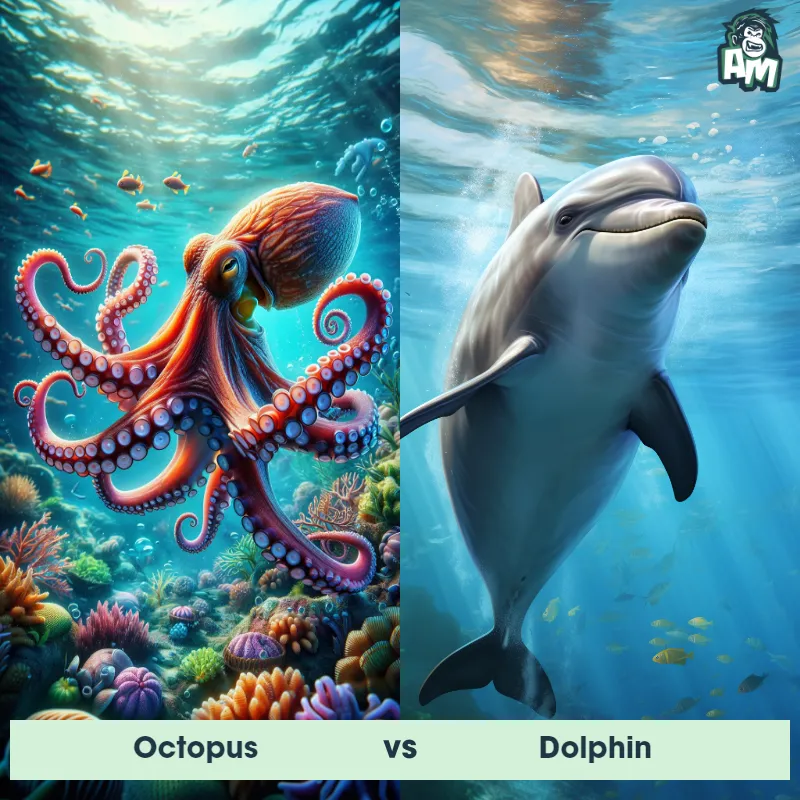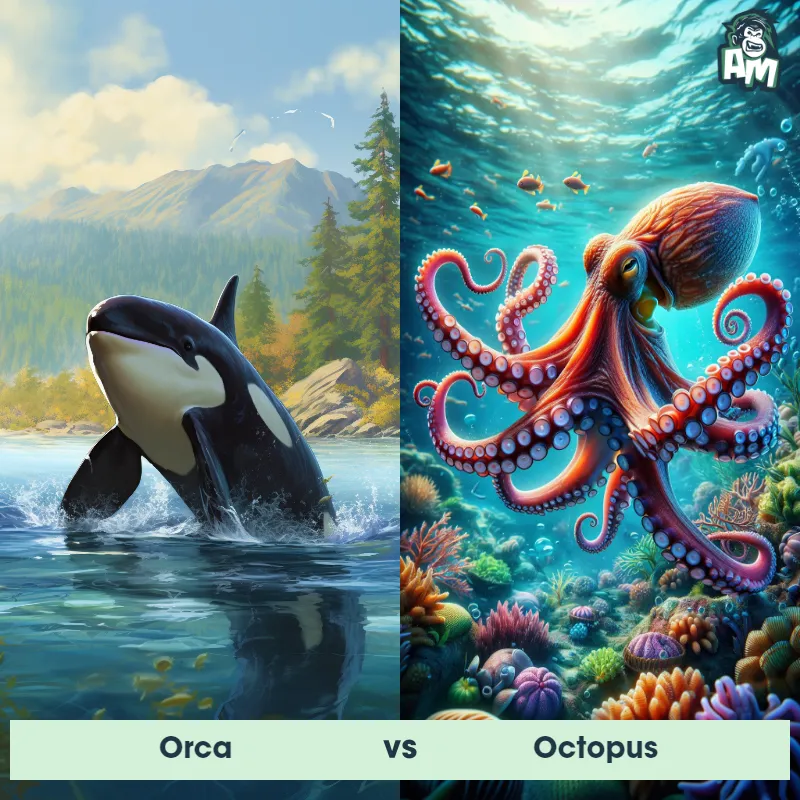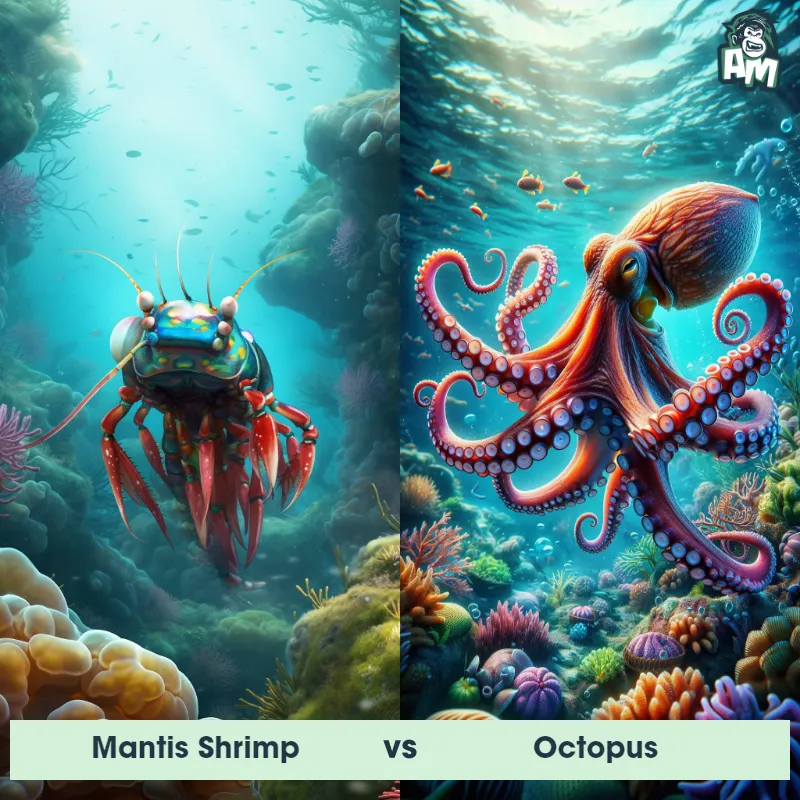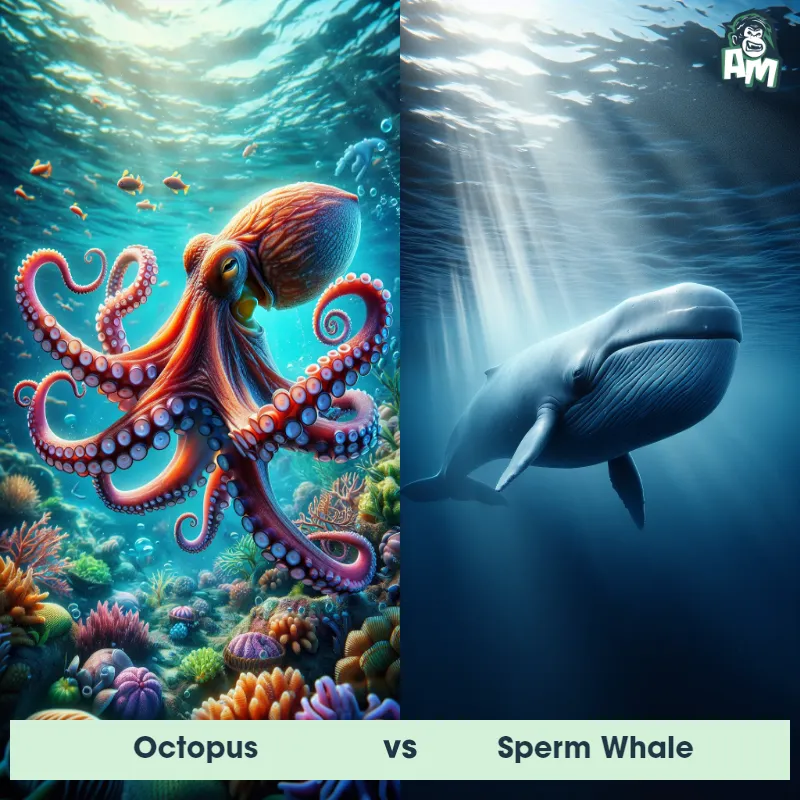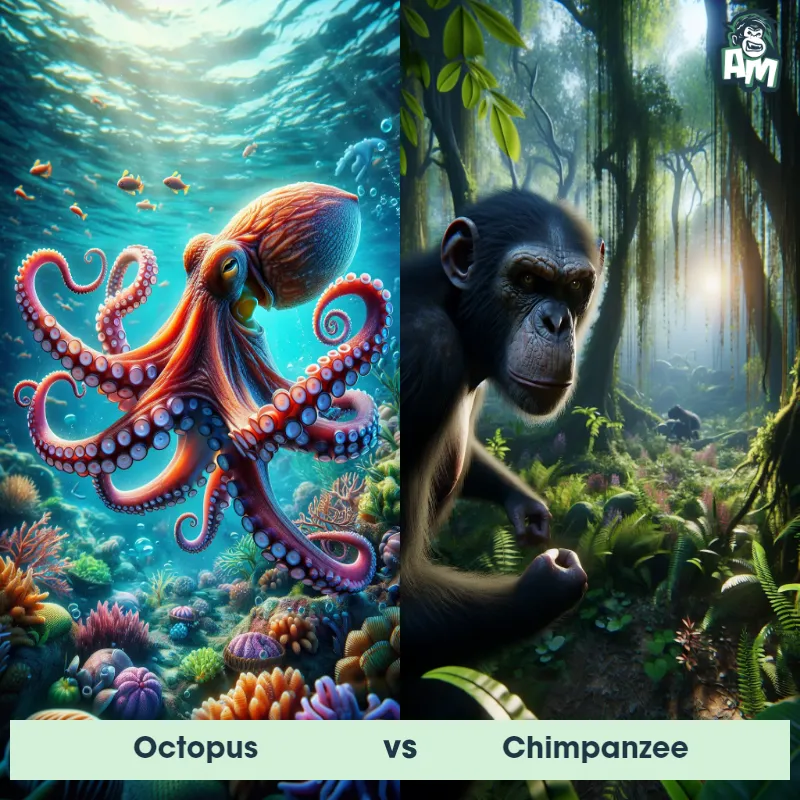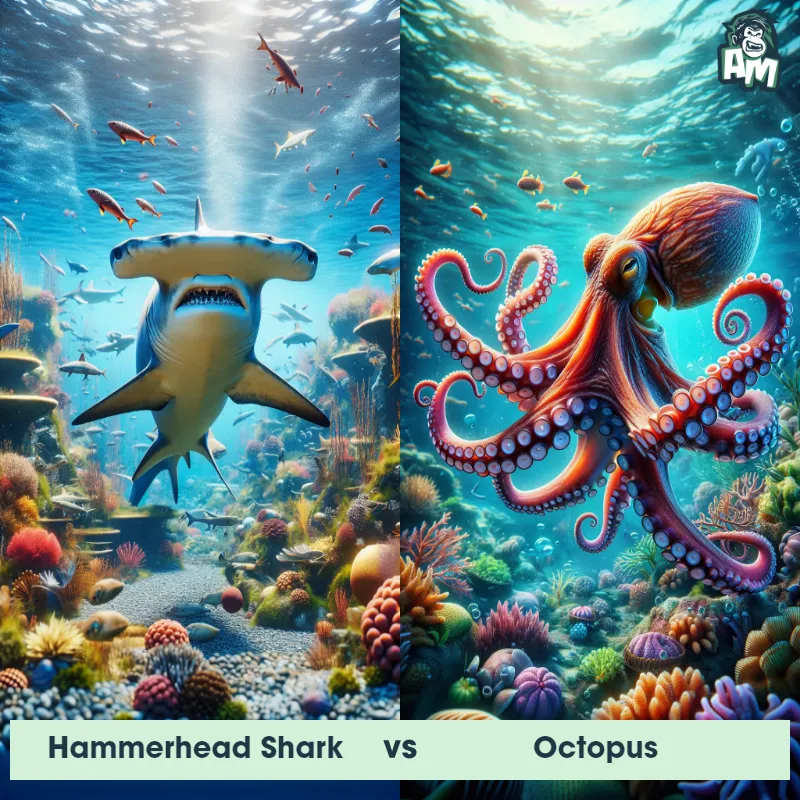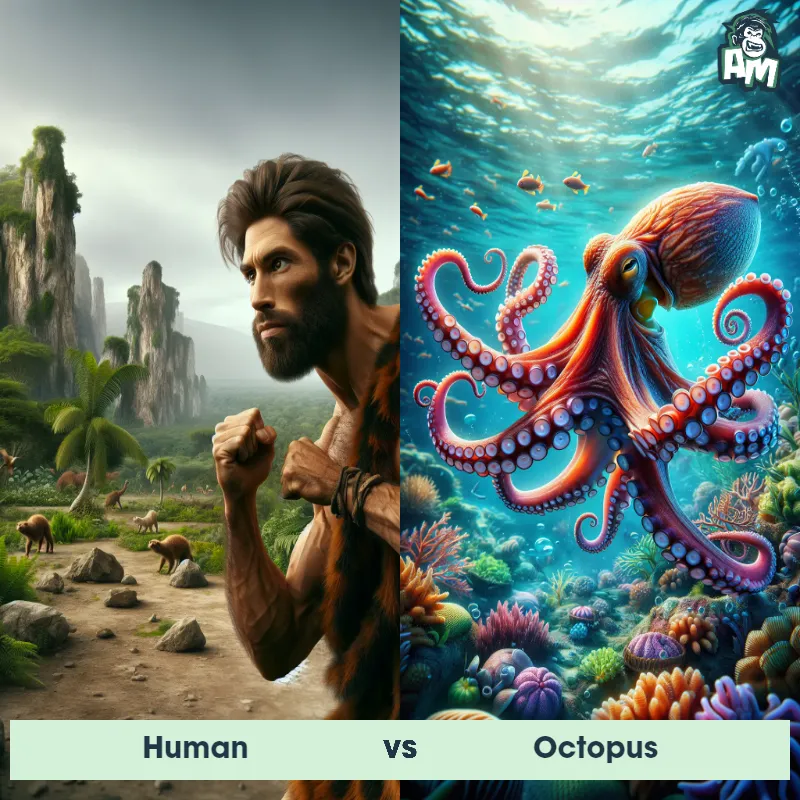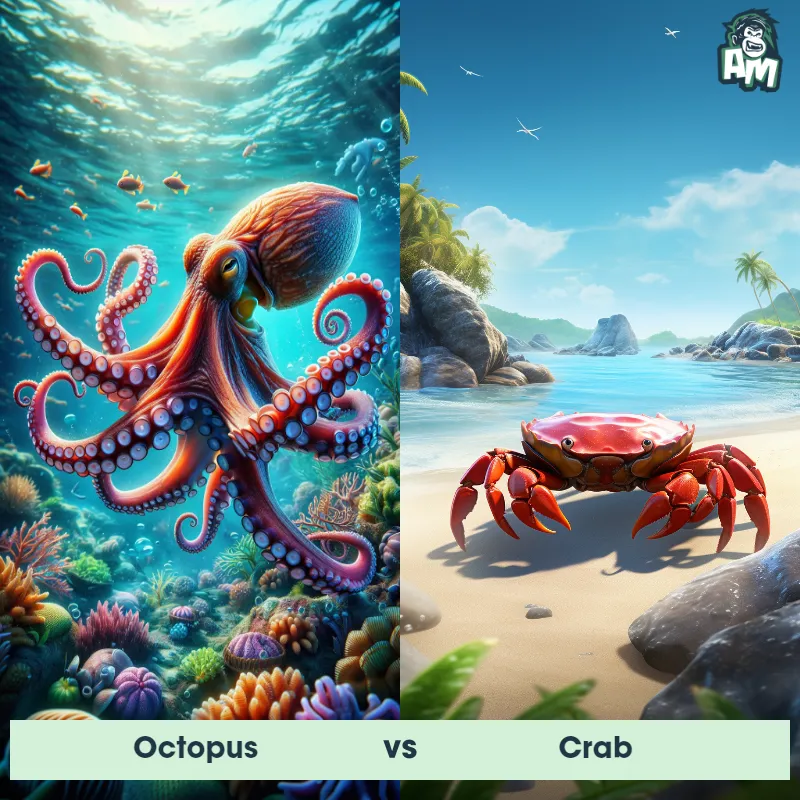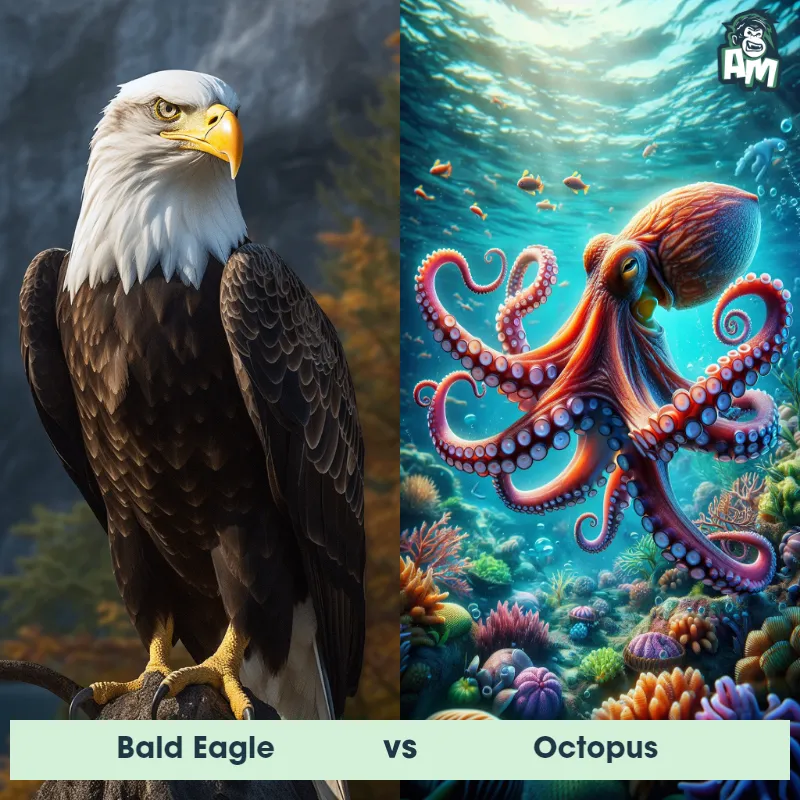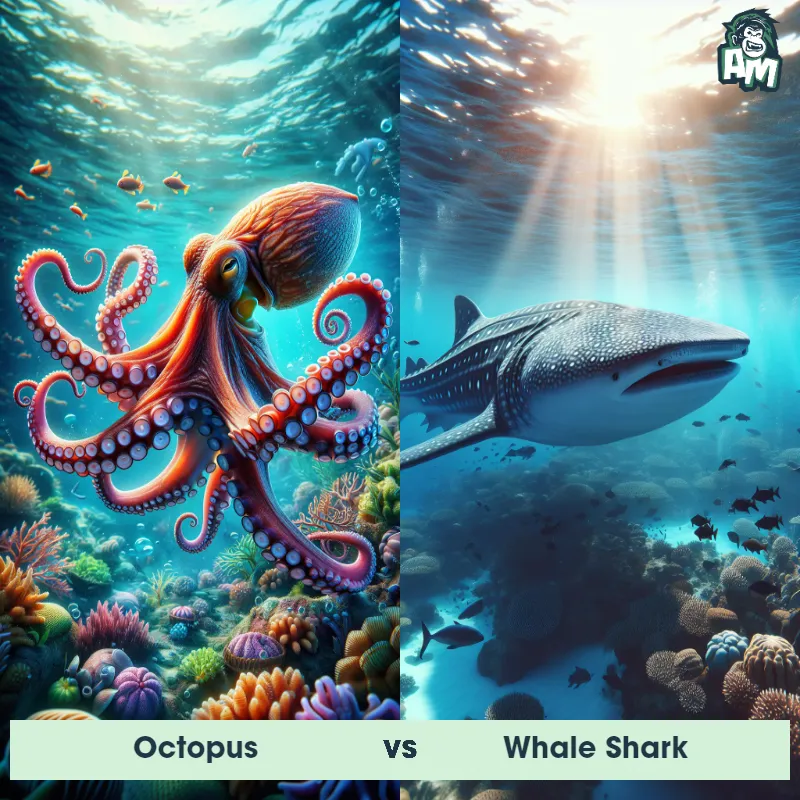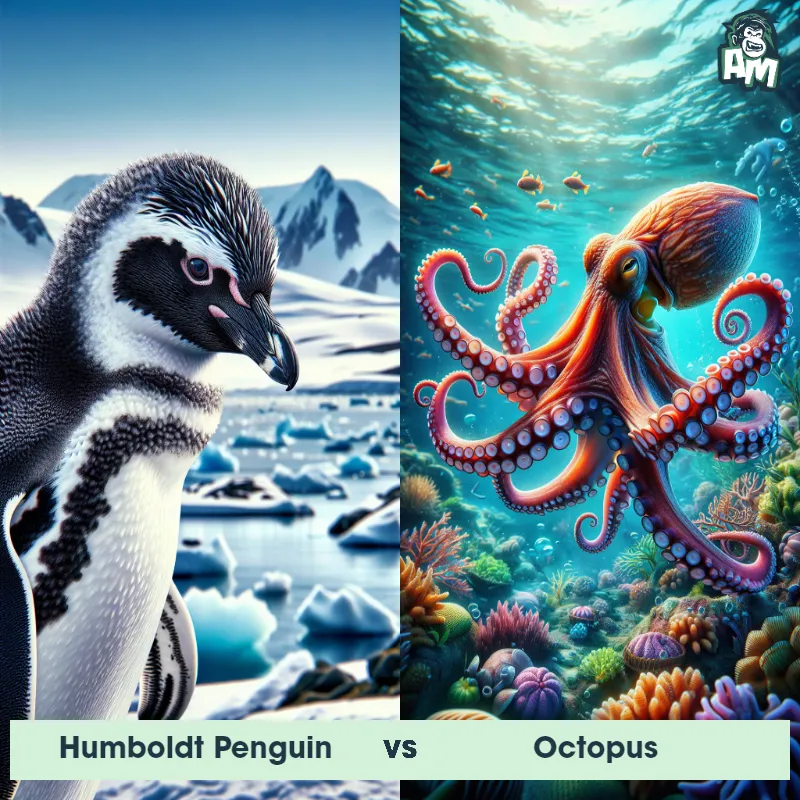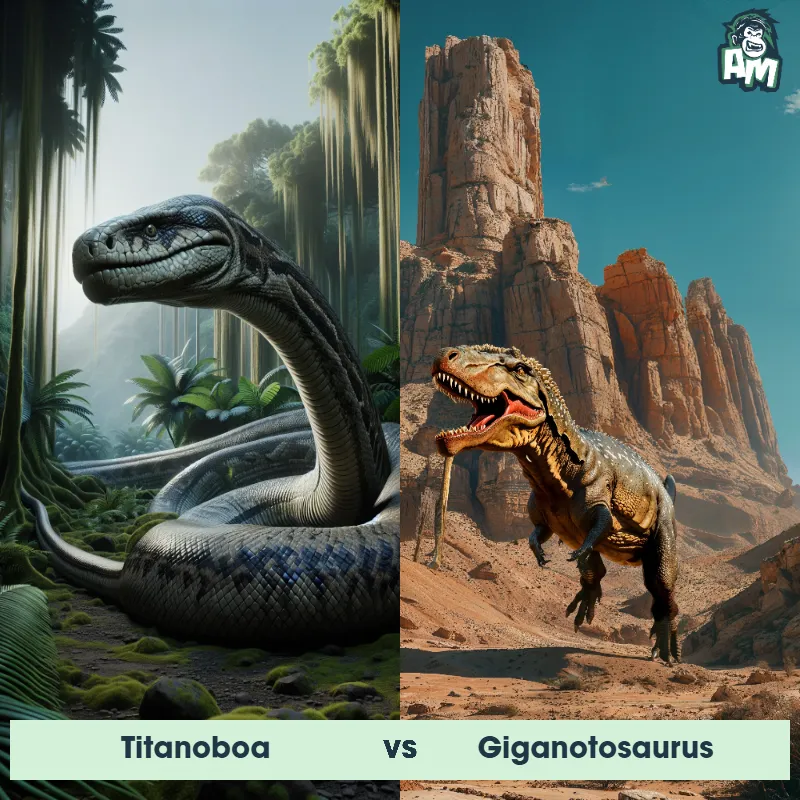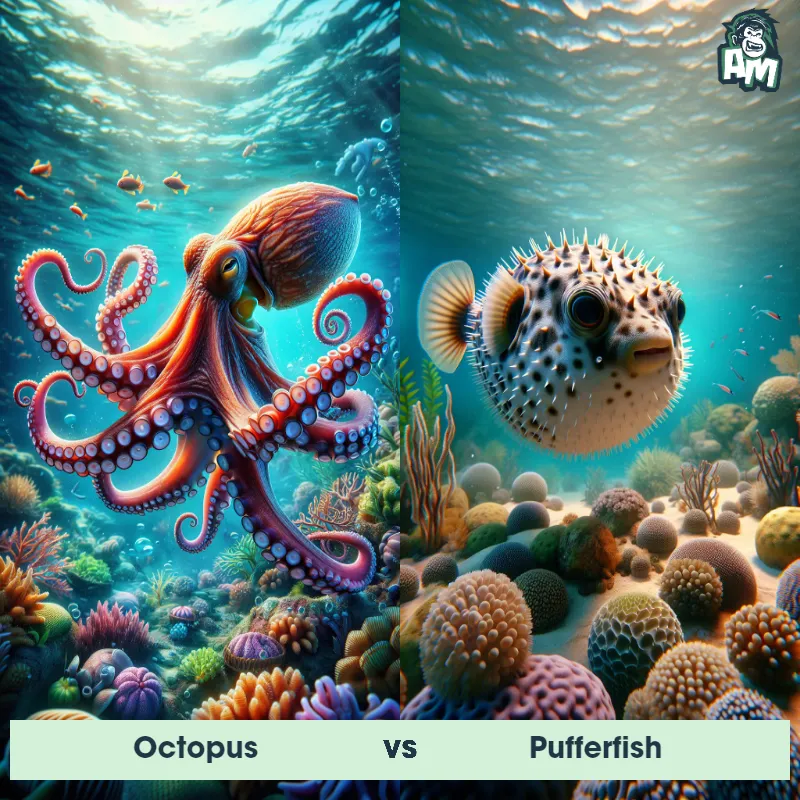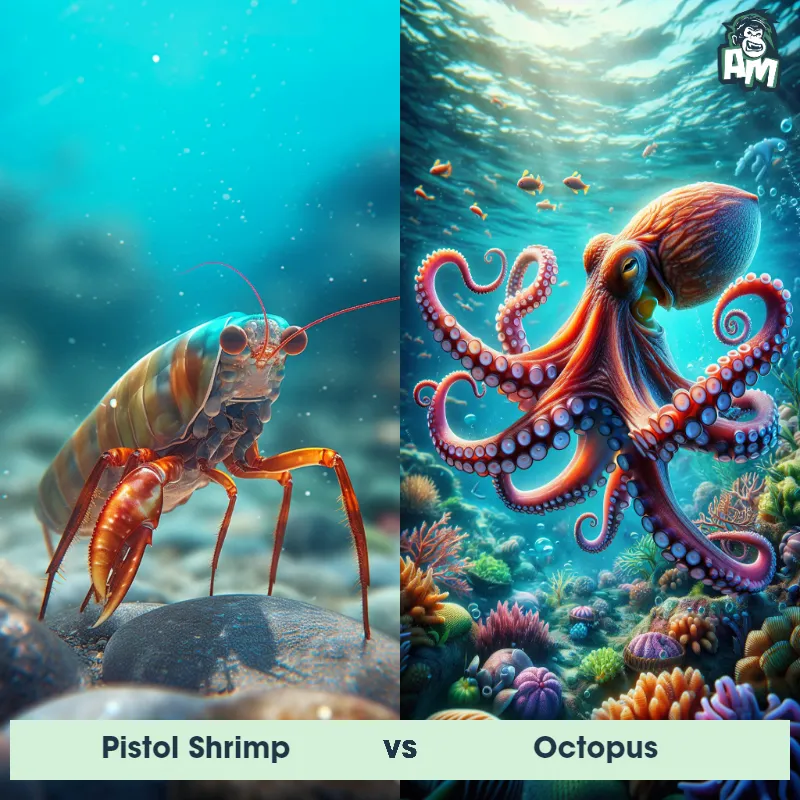Mapusaurus vs OctopusSee Who Wins

Ladies and gentlemen, the stage is set for a unique clash between a land titan and a master of the deep. In one corner, towering and fearsome, is the formidable predator from the Cretaceous period, the Mapusaurus. In the opposite corner, with unparalleled intelligence and agility, is the extraordinary eight-armed marvel, the Octopus. Prepare yourselves for a memorable showdown!
Contender 1: Mapusaurus
The Mapusaurus, a large carnivorous dinosaur, roamed the Earth during the Late Cretaceous period. It had sharp teeth, long claws, and a powerful jaw for hunting and devouring prey. Mapusaurus stood on two legs and had a long, slender body with a row of spines running down its back.
Fun Fact: Mapusaurus hunted in packs, making it one of the few known dinosaurs to exhibit cooperative hunting behavior.
Contender 2: Octopus
The octopus is a fascinating marine creature known for its rounded body, large eyes, and eight long arms lined with suckers. They belong to the class of mollusks known as cephalopods and are widely regarded as the most intelligent invertebrates. The octopus's skin color and texture can change dramatically, a trait used for both communication and camouflage. Octopuses are carnivorous, feeding mainly on crabs, shrimp, and other small sea creatures.
Fun Fact: Octopuses have three hearts; two pump blood to the gills, while the third pumps it to the rest of the body.
Matchup Stats
| Mapusaurus | Octopus | |
|---|---|---|
| Size | Up to 33 feet (10 meters) in length | Varies by species, from 1 inch (2.5 cm) to 14 feet (4.3 m) in arm span |
| Weight | Approximately 3,000 lbs (1,360 kg) | Varies by species, from less than 1 ounce (28 grams) to 600 pounds (272 kilograms) for the largest species, the Giant Pacific Octopus |
| Speed | 28-34 mph (45-55 km/h) | 25mph (40km/h) |
| Key Strength | Bite force | High intelligence, ability to change skin color and texture for camouflage, and use of ink for defense |
| Biggest Weakness | Speed | Soft body with no skeletal structure, making them vulnerable to larger predators |
Current Votes
Mapusaurus vs Octopus
See Who Wins
View More Matches
Looking For More?
Similar Matches
Scientific Stats
| Mapusaurus | Octopus | |
|---|---|---|
| Scientific Name | Mapusaurus roseae | Octopoda |
| Family | Carcharodontosauridae | Octopodidae |
| Habitat | Terrestrial | Marine environments, from shallow coastal waters to deep-sea trenches |
| Geography | South America | Worldwide, in all oceans |
| Diet | Carnivorous | Carnivorous, feeding mainly on crabs, shrimp, and other small sea creatures |
| Lifespan | 15 years - 20 years | 1 year - 5 years |
Key Differences between Mapusaurus and Octopus
- Color: Mapusaurus likely exhibited muted earth tones based on fossil evidence, whereas octopuses can exhibit a wide range of colors, often changing for camouflage.
- Skin Texture: Mapusaurus had scaly skin, compared to the smooth, rubbery texture of an Octopus's skin.
- Eyes: Mapusaurus had large, forward-facing eyes on a bony skull, in contrast to an Octopus with its prominent eyes set on a soft, malleable body.
- Body Structure: Mapusaurus had a bipedal dinosaurian structure with a large tail, whereas an Octopus has a soft, bulbous body with no skeletal structure.
- Limbs: Mapusaurus had two hind legs and short forearms, while an Octopus features eight flexible arms with suckers.
- Size: Mapusaurus was approximately 12 meters long, while the average octopus species ranges from 1 to 3 meters in arm span.



